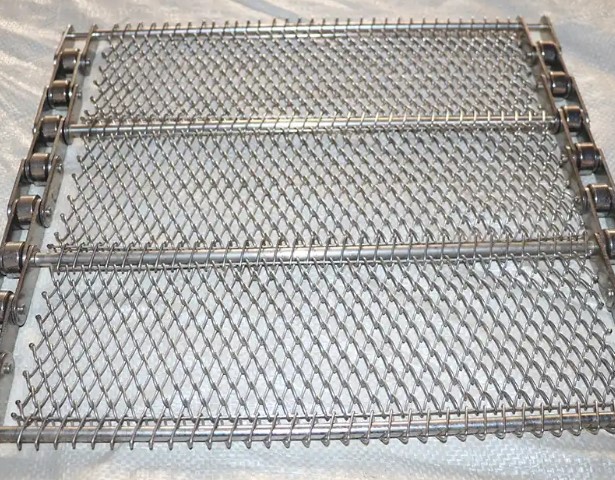one-direction metal belt, also referred to as a unidirectional metal belt, is a specialized mechanical component designed to transmit motion or convey materials in a single, predetermined direction. Unlike bidirectional belts, it restricts movement to one orientation, ensuring precise control and preventing unintended reversals. This design is critical in applications requiring directional stability, such as industrial conveyors, power transmission systems, and specialized machinery.
Directional Stability: Constructed with a unidirectional spiral or woven pattern, the belt’s geometry inherently resists backward movement. For example, in conveyor systems, the belt’s interlocking slats or wire mesh are aligned to guide materials strictly in one direction .
Material Durability: Typically made from stainless steel, carbon steel, or high-strength alloys, these belts withstand extreme temperatures (ranging from -40°C to 82°C in some models) , corrosive environments, and heavy loads. Their metal composition also ensures resistance to abrasion, cutting, and wear .
Precision Engineering: Metal belts offer exceptional accuracy and repeatability, with pitch tolerances as tight as ±0.0005 inches in timing belt applications. This precision minimizes slippage and ensures consistent motion transfer .
Customizable Design: They can be perforated for ventilation, coated for friction control, or integrated with attachments (e.g., flights, sprockets) to meet specific operational needs .
Industrial Conveyors:
Food Processing: Used in baking, freezing, and drying lines to transport products hygienically without contamination. Their smooth, are easy to clean and sterilize .
Heat Treatment: High-temperature-resistant belts (e.g., SUS 310/SUS304) handle sintering, brazing, and annealing processes in furnaces .
Mining and Heavy Industry: Heavy-duty models with interlocking metal plates (e.g., apron conveyors) move bulk materials like ores and aggregates .



 Category:one direction mesh belt
Category:one direction mesh belt Material:
Material: Application:
Application: Visits:6
Visits:6 Email:
Email:
